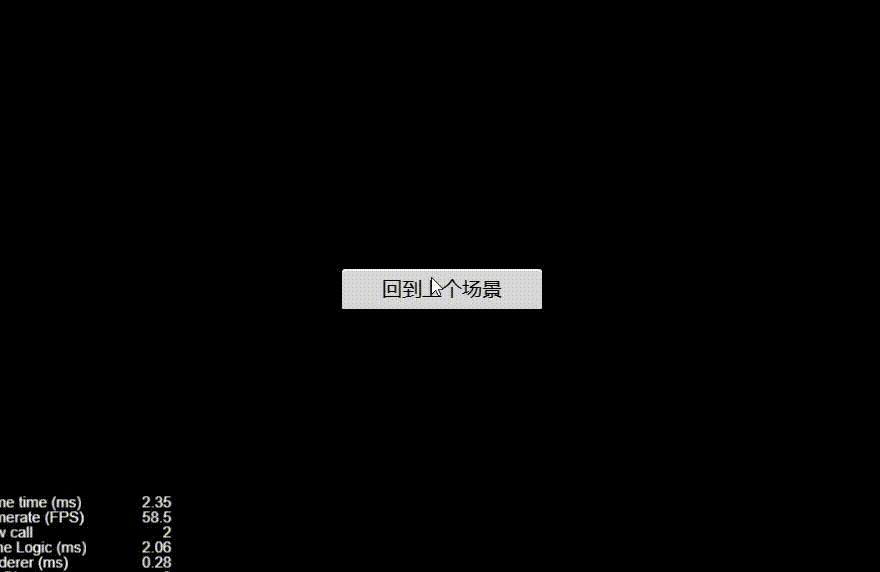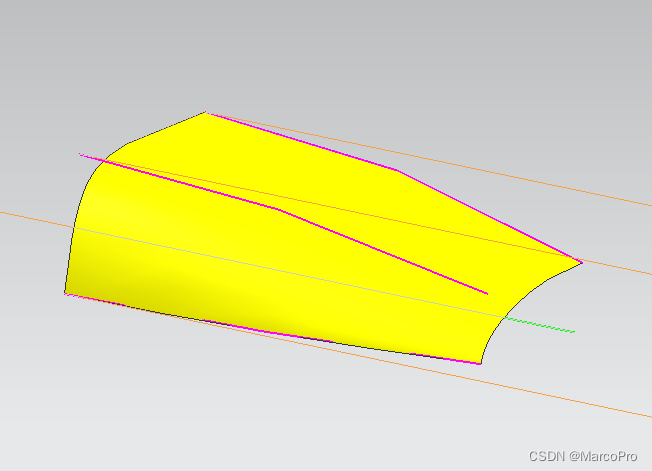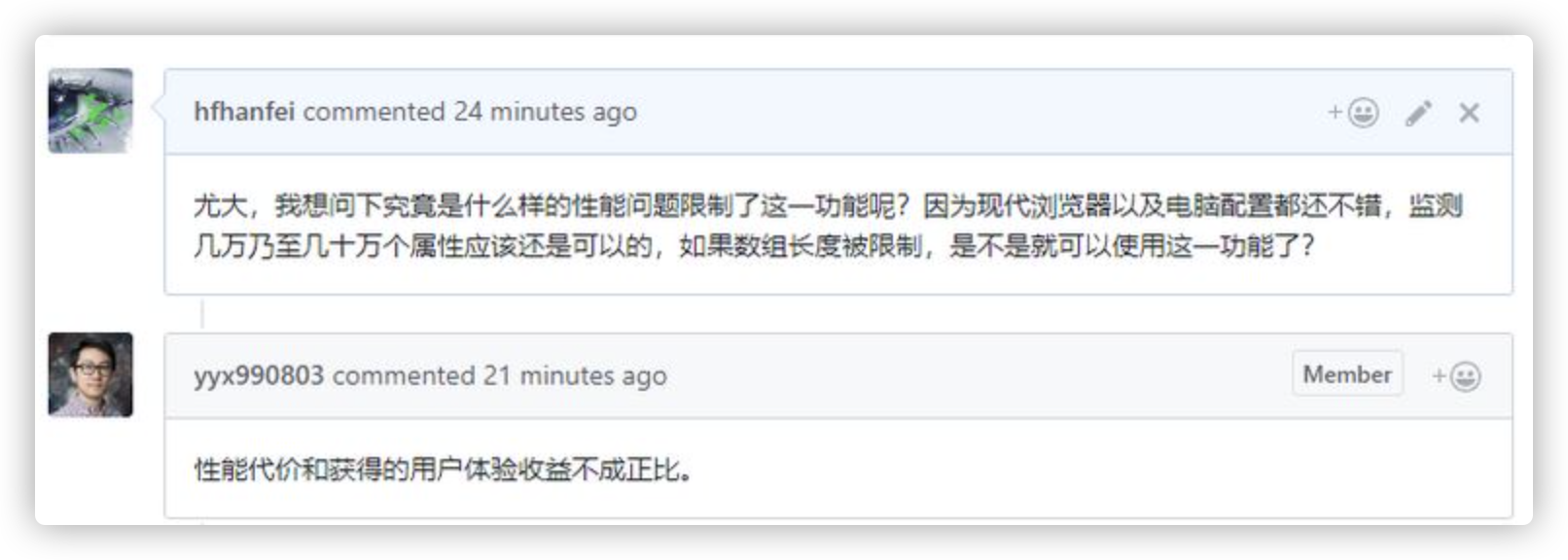1.题目:
力扣![]() https://leetcode.cn/problems/implement-stack-using-queues/
https://leetcode.cn/problems/implement-stack-using-queues/
思路:
核心思路:
1、入数据,往不为空的队列入、保持另一个队列为空
2、出数据的时候,依次出队头的数据,转移另一个队列保存。只剩最后一个事,Pop掉
typedef int QDataType;
typedef struct QueueNode
{
struct QueueNode* next;
QDataType data;
}QueueNode;
typedef struct Queue
{
QueueNode* head;
QueueNode* tail;
}Queue;
void QueueInit(Queue* pq)
{
assert(pq);
pq->head = NULL;
pq->tail = NULL;
}
void QueueDestroy(Queue* pq)
{
assert(pq);
QueueNode* cur = pq->head;// QueueNode* cur =NULL
while (cur != NULL)
{
QueueNode* next = cur->next;
free(cur);
cur = next;
}
pq->head = pq->tail = NULL;
}
QueueNode* BuyQueueNode(QDataType x)
{
QueueNode* newnode = (QueueNode*)malloc(sizeof(QueueNode));
if (newnode == NULL)
{
printf("malloc fail\n");
exit(-1);
}
newnode->data = x;
newnode->next = NULL;
return newnode;
}
void QueuePush(Queue* pq, QDataType x)
{
assert(pq);
QueueNode* newnode = BuyQueueNode(x);
if (pq->head == NULL)
{
pq->head = pq->tail = newnode;
}
else
{
pq->tail->next = newnode;
pq->tail = newnode;
}
}
void QueuePrint(Queue* pq)
{
QueueNode* cur = pq->head;
while (cur)
{
printf("%d ", cur->data);
cur = cur->next;
}
printf("\n");
}
bool QueueEmpty(Queue* pq)
{
assert(pq);
return pq->head == NULL;
}
void QueuePop(Queue* pq)
{
assert(pq);
//if (pq->head == NULL)
// return;
assert(!QueueEmpty(pq));
QueueNode* next = pq->head->next;
free(pq->head);
pq->head = next;
if (pq->head == NULL)
{
pq->tail = NULL;
}
}
QDataType QueueFront(Queue* pq)
{
assert(pq);
assert(!QueueEmpty(pq));
return pq->head->data;
}
QDataType QueueBack(Queue* pq)
{
assert(pq);
assert(!QueueEmpty(pq));
return pq->tail->data;
}
int QueueSize(Queue* pq)
{
assert(pq);
int n = 0;
QueueNode* cur = pq->head;
while (cur)
{
++n;
cur = cur->next;
}
return n;
}
//以上为队列的基本功能,下面才是解题主体部分
typedef struct
{
Queue q1;//第一个队列
Queue q2;//第二个队列
} MyStack;
MyStack* myStackCreate()
{
MyStack*st=(MyStack*)malloc(sizeof(MyStack));
QueueInit(&st->q1);
QueueInit(&st->q2);
return st;
}
void myStackPush(MyStack* obj, int x)
{
//往不为空的队列入
if(!QueueEmpty(&obj->q1))
{
QueuePush(&obj->q1,x);
}
else
{
QueuePush(&obj->q2,x);
}
}
int myStackPop(MyStack* obj)
{
Queue*emptyQ=&obj->q1;//空队列
Queue*nonemptyQ=&obj->q2;//非空队列
if(!QueueEmpty(&obj->q1))
{
emptyQ=&obj->q2;
nonemptyQ=&obj->q1;
}
while(QueueSize(nonemptyQ)>1)
{
QueuePush(emptyQ,QueueFront(nonemptyQ));
QueuePop(nonemptyQ);
}//非空队列的数据放入空队列中,只留下一个数据
int top=QueueFront(nonemptyQ);
QueuePop(nonemptyQ);
return top;
}
int myStackTop(MyStack* obj)
{
//获取非空队列的队尾数据
if (!QueueEmpty(&obj->q1))
{
return QueueBack(&obj->q1);
}
else
{
return QueueBack(&obj->q2);
}
}
bool myStackEmpty(MyStack* obj)
{
//两个队列均为空,则MyStack为空
return QueueEmpty(&obj->q1) && QueueEmpty(&obj->q2);
}
void myStackFree(MyStack* obj)
{
QueueDestroy(&obj->q1);
QueueDestroy(&obj->q2);
free(obj);;
}
/**
* Your MyStack struct will be instantiated and called as such:
* MyStack* obj = myStackCreate();
* myStackPush(obj, x);
* int param_2 = myStackPop(obj);
* int param_3 = myStackTop(obj);
* bool param_4 = myStackEmpty(obj);
* myStackFree(obj);
*/2.题目
力扣![]() https://leetcode.cn/problems/implement-queue-using-stacks/思路:
https://leetcode.cn/problems/implement-queue-using-stacks/思路:
创建两个栈,一个栈插入数据pushST,另一个栈删除数据popST。
- 当要插入数据时,往pushST插就行
- 当要删除数据时,满足先进先出的条件.可以把pushST的数据放到popST,然后再把popST数据输出就可以了

typedef int STDataType;
typedef struct Stack
{
STDataType* a;
int top;
int capacity;
}ST;
void StackInit(ST* ps);
void StackDestroy(ST* ps);
void StackPush(ST* ps, STDataType x);
void StackPop(ST* ps);
STDataType StackTop(ST* ps);
int StackSize(ST* ps);
bool StackEmpty(ST* ps);
void StackInit(ST* ps)
{
assert(ps);
ps->a = NULL;
ps->top = 0; // ps->top = -1;
ps->capacity = 0;
}
void StackDestroy(ST* ps)
{
assert(ps);
free(ps->a);
ps->a = NULL;
ps->capacity = ps->top = 0;
}
void StackPush(ST* ps, STDataType x)
{
assert(ps);
if (ps->top == ps->capacity)
{
int newCapacity = ps->capacity == 0 ? 4 : ps->capacity * 2;
STDataType* tmp = realloc(ps->a, sizeof(STDataType)*newCapacity);
if (tmp == NULL)
{
printf("realloc fail\n");
exit(-1);
}
ps->a = tmp;
ps->capacity = newCapacity;
}
ps->a[ps->top] = x;
ps->top++;
}
void StackPop(ST* ps)
{
assert(ps);
assert(!StackEmpty(ps));
ps->top--;
}
STDataType StackTop(ST* ps)
{
assert(ps);
assert(!StackEmpty(ps));
return ps->a[ps->top - 1];
}
int StackSize(ST* ps)
{
assert(ps);
return ps->top;
}
bool StackEmpty(ST* ps)
{
assert(ps);
/*if (ps->top == 0)
{
return true;
}
else
{
return false;
}*/
return ps->top == 0;
}
//以上代码是栈的基本功能实现,以下代码是解题主体部分
typedef struct
{
ST pushST;//插入数据的栈
ST popST;//删除数据的栈
} MyQueue;
MyQueue* myQueueCreate()
{
MyQueue*obj=(MyQueue*)malloc(sizeof(MyQueue));
StackInit(&obj->pushST);//插入数据的栈的初始化
StackInit(&obj->popST);//删除数据的栈的初始化
return obj;
}
void myQueuePush(MyQueue* obj, int x)
{
StackPush(&obj->pushST,x);//插入数据
}
bool myQueueEmpty(MyQueue* obj)
{
return StackEmpty(&obj->pushST)&&StackEmpty(&obj->popST);//两个栈均为空,则“队列”为空
}
int myQueuePeek(MyQueue* obj)
{
// 如果popST中没有数据,将pushST的数据导过去
// popST中的数据就符合先进先出的顺序了
if(StackEmpty(&obj->popST))//popST为空时,需先将pushST中数据导入popST
{
while(!StackEmpty(&obj->pushST))//将pushST数据全部导入popST
{
StackPush(&obj->popST, StackTop(&obj->pushST));
StackPop(&obj->pushST);
}
}
return StackTop(&obj->popST);//返回popST栈顶的元素
}
int myQueuePop(MyQueue* obj)
{
// 如果popST中没有数据,将pushsT的数据导过去
// popST中的数据就符合先进先出的顺序了
int top=myQueuePeek(obj);
StackPop(&obj->popST);//删除数据
return top;
}
void myQueueFree(MyQueue* obj)
{
//先释放两个栈,再释放队列的结构体类型
StackDestroy(&obj->pushST);
StackDestroy(&obj->popST);
free(obj);
}
/**
* Your MyQueue struct will be instantiated and called as such:
* MyQueue* obj = myQueueCreate();
* myQueuePush(obj, x);
* int param_2 = myQueuePop(obj);
* int param_3 = myQueuePeek(obj);
* bool param_4 = myQueueEmpty(obj);
* myQueueFree(obj);
*/3.题目
力扣![]() https://leetcode.cn/problems/design-circular-queue/
https://leetcode.cn/problems/design-circular-queue/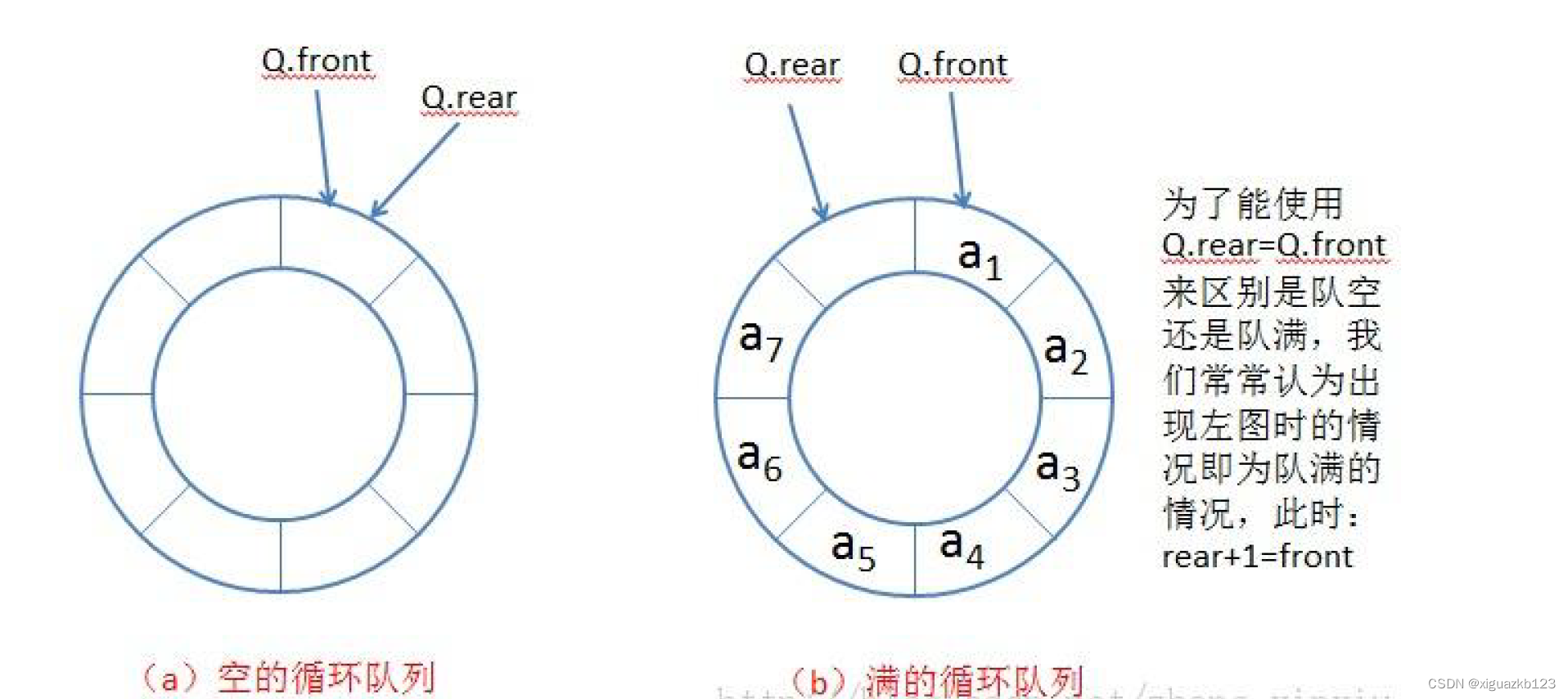
后面在更新
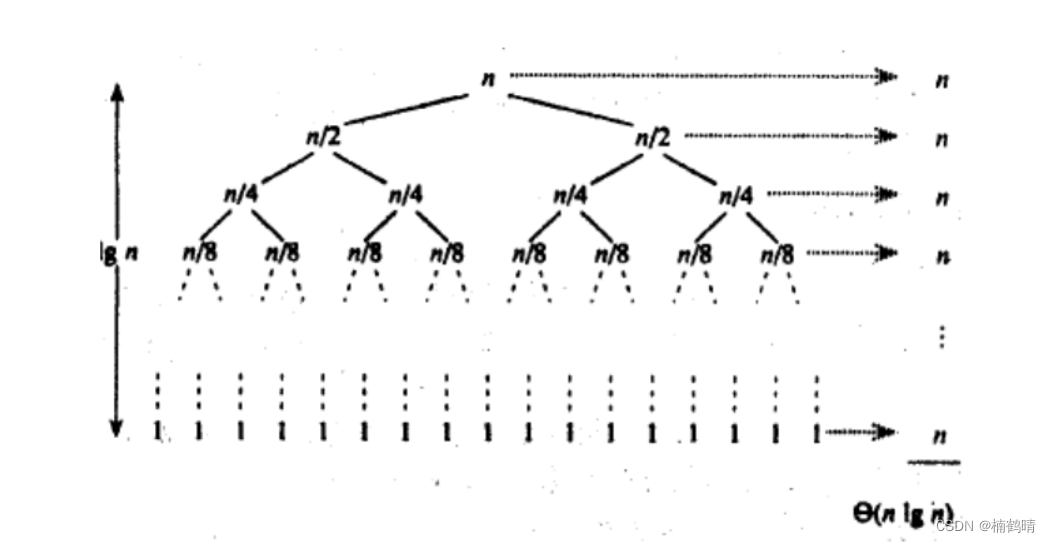
![[Vulnhub] DC-9](https://img-blog.csdnimg.cn/ad84615158364f488eee07089271236e.png)
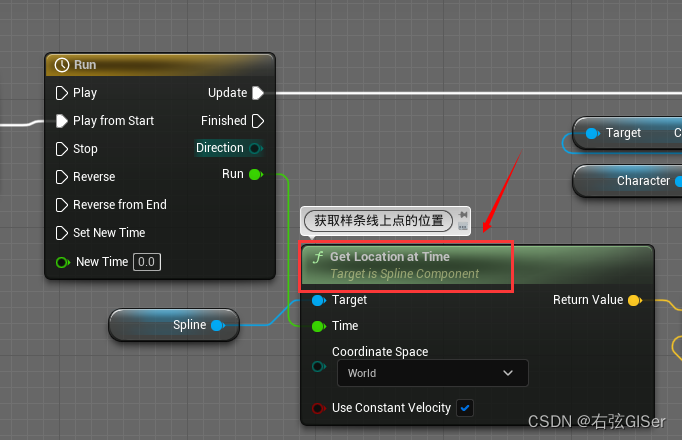





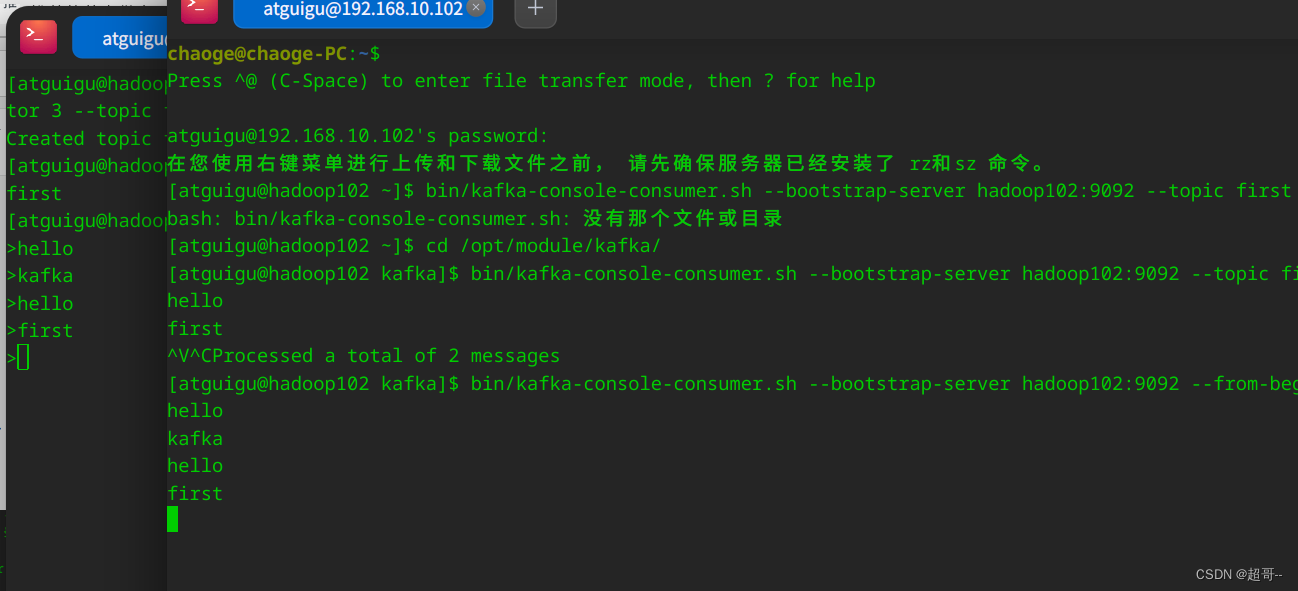
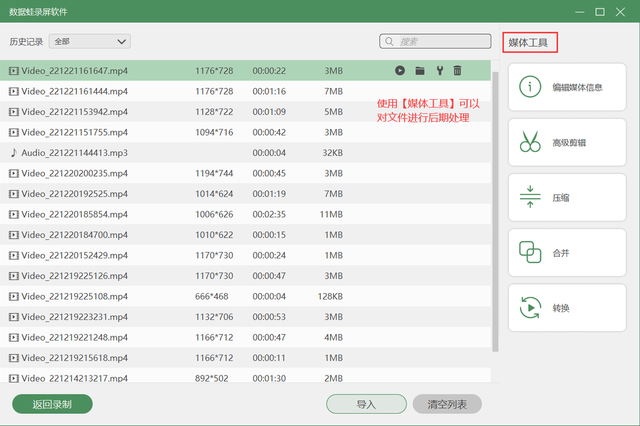
![[kubernetes]-k8s通过psp限制nvidia-plugin插件的使用](https://img-blog.csdnimg.cn/img_convert/fbeb9e31f760cd029406a2c286bdfe63.png)
